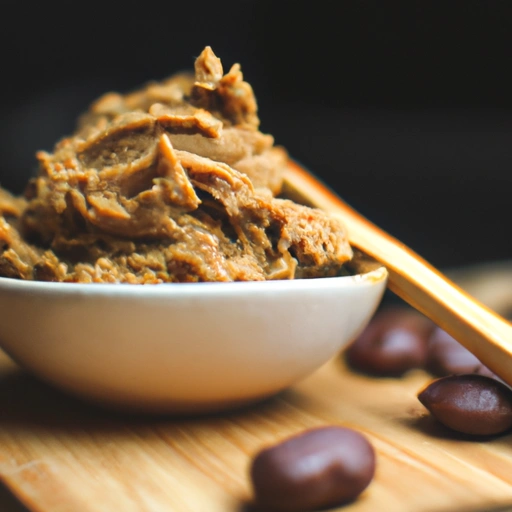Miso
Description

Miso is a traditional Japanese seasoning produced by fermenting soybeans with salt and koji (the fungus Aspergillus oryzae), and sometimes with rice, barley, or other ingredients. The result is a thick paste used for sauces and spreads, pickling vegetables or meats, and mixing with dashi soup stock to serve as miso soup, a Japanese culinary staple. Depending on the variety, miso can be smooth or chunky and is categorized by color, flavor, and sweetness.
Common uses
Miso is prominently used to flavor soups, marinades, and glazes. It is also used to add depth to sauces and spreads and can be integrated into dressings and batters to enhance umami and complexity in dishes.
Nutritional value
Calories
Approximately 199 calories per 100 grams (3.5 oz).
Protein
Contains about 12 grams (0.42 oz or approx. 2 tablespoons) of protein per 100 grams.
Fat
Contains about 6 grams (0.21 oz or approx. 1.5 teaspoons) of fat per 100 grams.
Carbohydrates
Contains about 26 grams (0.92 oz or approx. 2 tablespoons) of carbohydrates per 100 grams.
Vitamins
Rich in B vitamins, particularly B2 (riboflavin) and B3 (niacin).
Minerals
Source of minerals such as zinc, manganese, copper, and phosphorus.
Health benefits
Miso is known for its probiotic content due to the fermentation process, which can aid in digestion and gut health. It is also linked to other health benefits like boosting the immune system and lowering LDL cholesterol levels.
Potential risks
While miso has many health benefits, it is also high in sodium, which can contribute to high blood pressure if consumed in large amounts. People with soy allergies should also avoid miso as it is primarily made from soybeans.
Common recipes
Miso soup, marinades for meat and fish, dressings for salads, and sauces for stir-fries are some of the many recipes in which miso is used.
Cooking methods
Miso should be added towards the end of cooking to preserve its flavor and probiotic content. It can be dissolved in liquids or mixed into other ingredients to form a paste.
Pairing with other ingredients
Miso pairs well with ingredients like tofu, seaweed, green onions, eggplant, and mushrooms. It also complements other seasonings such as ginger and sesame oil.
Summary
Miso is a versatile, flavorful, and healthful food ingredient that has been an essential part of Japanese cuisine for millennia. Its fermentation process results in a rich, savory paste that can enhance a wide variety of dishes. Whether used in traditional miso soup or as a component in modern culinary creations, miso offers a unique flavor profile and nutritional benefits, despite some considerations regarding its sodium content.